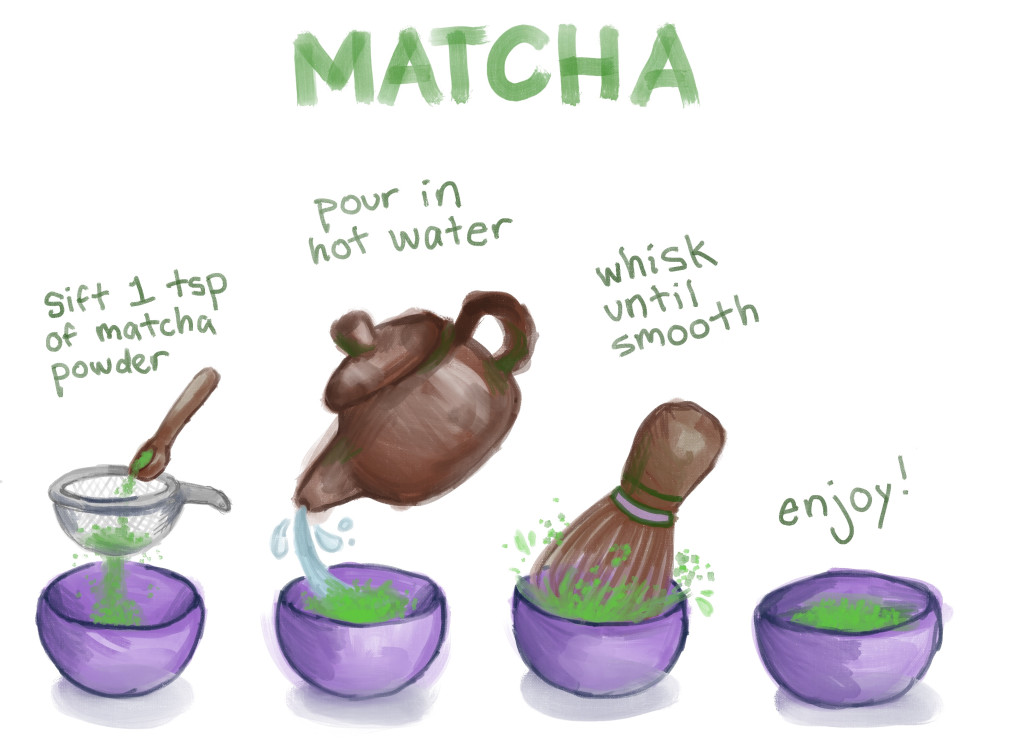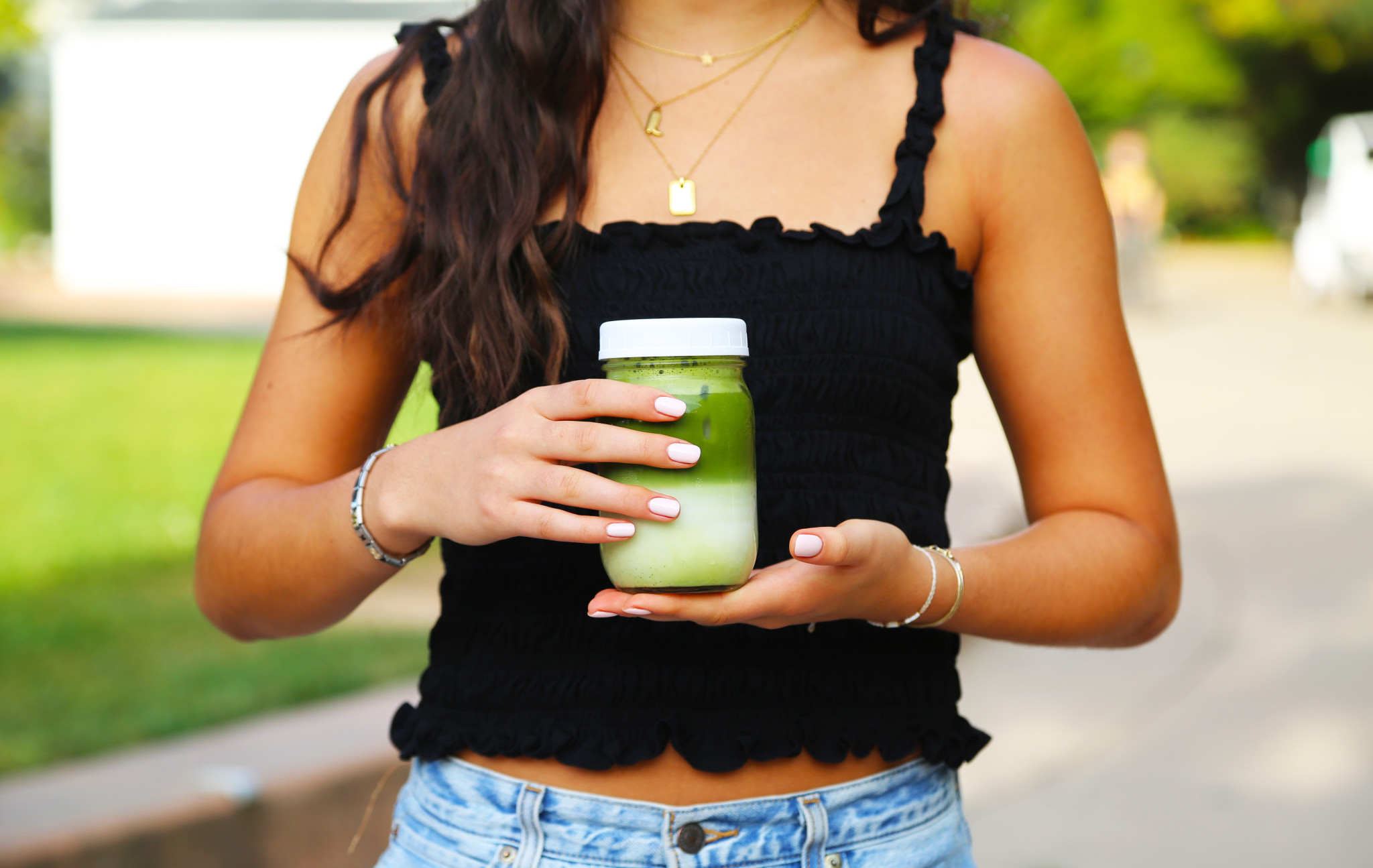It feels like matcha has become a popular demand — from topping lattes, making intricate flavor combinations and even creating baked goods for the perfect Instagram post. What was once a practice reserved for quiet tea rooms in Japan has transformed into a symbol of wellness culture and cafe aesthetics. Still, somewhere between its centuries-old roots and its social media popularity, the original meaning of matcha seems to be vague.
This isn’t to say that enjoying matcha is wrong, but it’s worth pausing and asking how one can be both a modern consumer and a respectful participant in a practice that has, for hundreds of years, been about focus and intentionality. Drinking matcha can be a daily habit — yet, it can be an opportunity to slow down and reconnect with a time-honored tradition that deserves more than a brief scroll.
For some students, that connection is already part of their daily routine. Katherine Howarth, a junior at Berkeley High School, said her awareness of matcha’s traditional roots improves the way she makes it herself. “I know how it’s traditionally prepared, and that’s helpful, because when I make it myself, I know what to use, how much to use, and how to whisk it,” Howarth said.
Howarth points out that whisking is an important step that often gets skipped, leaving many people with a watered-down version of the drink — both literally and culturally. “I think whisking is really important, and a lot of people skip that step or don’t know how to prepare it well, so they miss out on the full experience of matcha.”

Kylie Chew, a senior at BHS, focuses on the brand of matcha she gets. The type of matcha you buy can make a significant difference in taste. “I’ve definitely read up about it, but I think I could still learn more,” Chew said, “A lot of people don’t know the history behind matcha, but I’ve researched the different grades and how they’re used. Certain grades really make a difference in taste, and while I didn’t pay attention to that before, I’ve realized it’s an important step.” Matcha grades are quality levels that differentiate the flavor, color and texture of the tea powder.
Chew also highlighted the joy of preparing matcha as part of her daily life. Taking the time to make the drink before the start of the day is a pick-me-up that helps her stay fully engaged. “I try to make it before my labs in the morning or generally going to school. It’s a great drink that gives you a little boost of caffeine and energy, but it also tastes great.”
Still, not everyone is convinced that matcha’s popularity will secure its place in Western culture. “In the U.S., it’s (matcha) taken for granted,” said Howarth, explaining that many people order it simply because it is fashionable rather than appreciating its history. She worries that without a deeper understanding of its roots, matcha could become a short-lived craze. “As it keeps growing as a trend, at some point it’ll fall off because people don’t really appreciate it for what it is,” Howarth said.
Others, however, see matcha’s trendiness as an opportunity for more people to connect with it. “I think it is a great drink, and it’s so cool that so many people are coming to appreciate it now,” said Chew. For Chew, the growing popularity doesn’t necessarily erase tradition— it can also open the door for new groups to discover it.
Perhaps the lesson isn’t to suppress matcha from its growing popularity, but to remind ourselves that tradition and trend can coexist. Cafe chains and popular posts from the media may have pulled matcha into the mainstream, but that doesn’t mean consumers can’t also slow down and appreciate its history. “Just give matcha a try. Don’t stop at Starbucks—look beyond that and appreciate it for more than just a trend. It’s not for everyone, but if you’re open to it, it can be a really meaningful experience,” Chew said.





